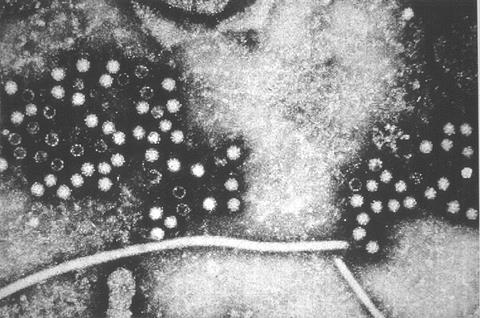Acute hepatitis E (AHE) in the elderly can lead to severe complications including liver failure and mortality, yet the epidemiological landscape remains poorly characterized. A new study in the Journal of Clinical and Translational Hepatology aimed to assess the burden, trends, and health inequalities of AHE among the elderly over the past three decades, and to further predict its changes by 2030.

Data on AHE in the elderly were obtained from the Global Burden of Disease 2021. The burden of AHE was analyzed by trends, decomposition, cross-country inequalities, and predictive analysis.
READ MORE: Scientists investigate gut microbiota in elderly patients with acute hepatitis E infection
READ MORE: Hepatitis E virus attacks nerve cells
In 2021, the global incidence and Disability-Adjusted Life Years (DALYs) for AHE among the elderly were recorded as 1,130,013.35 and 20,084.77, respectively. Although there were significant differences in the incidence and DALYs across countries, the number of incident cases increased from 1990 to 2021, with a slight rise in age-standardized rates, while the number and age-standardized rate of DALYs showed a declining trend.
Decomposition analysis revealed that population growth and aging are the drivers of changes in incidence, while epidemiological changes somewhat offset the increases in DALYs driven by population growth.
Disproportionate burden
Low socio-demographic index countries bear a disproportionate burden of elderly AHE, although inequality gaps have narrowed over time. Notably, up to 2030, the number of incident cases and DALYs will continue increasing. The burden in elderly women was more pronounced than in men.
AHE remains a critical public health challenge for the elderly, with rising global incidence and persistent disparities. Population growth and aging are key drivers of this trend, necessitating enhanced prevention strategies to counterbalance their impact. Although SDI-related inequalities have diminished, lower-SDI countries continue to bear a disproportionate burden.
Moving forward, tailored interventions that account for regional transmission dynamics, demographic shifts, and gender disparities are essential to reduce the AHE burden and safeguard elderly health worldwide. Policymakers must prioritize adaptable, context-specific measures to strengthen healthcare systems and ensure equitable resource distribution.







No comments yet